A Clearer Path Forward: Expertise in Vein Eradication
Our Range of Top-Rated Therapies
Everything you need to know
The development of thread veins is influenced by a complex interplay of genetic, environmental, and lifestyle factors. Some individuals have a genetic predisposition to develop these veins, which means they may inherit a tendency for weak vein walls or valves. This familial tendency is one of the main reasons why some people develop thread veins and others do not. Hormonal influences also play a significant role. Women, for example, are more likely to develop thread veins due to hormonal changes during various life stages such as pregnancy, menstruation, and menopause. Other factors such as prolonged periods of standing or sitting, which place increased pressure on the veins in the lower body, can also contribute to the development of thread veins. Obesity is another risk factor, as excess weight puts additional pressure on the veins. Sun exposure can also lead to the development of thread veins on the face, particularly in people with fair skin. So, while some people may have several risk factors and develop thread veins, others may have few risk factors and not develop them. Everyone is unique, and so is their vein health.
Thread veins themselves are typically harmless, though they can sometimes cause aching or discomfort, especially when they occur in the legs. However, their presence can be indicative of underlying venous disease, such as chronic venous insufficiency, where the veins struggle to send blood back to the heart. It’s also worth noting that individuals with rosacea, a skin condition that causes facial redness and flushing, often have prominent thread veins on the face. Additionally, hormonal imbalances, liver disease, and certain autoimmune diseases can all potentially contribute to the development of thread veins. While most cases of thread veins are cosmetic in nature, they can sometimes indicate a more serious venous condition. It’s always a good idea to discuss any concerns with a healthcare provider or a vein specialist.
There are several lifestyle changes that can help prevent or manage thread veins. Regular exercise is key; it boosts circulation, strengthens your veins, and helps maintain a healthy weight, all of which are beneficial for vein health. Incorporating walking, cycling, swimming, or any other low-impact activities into your daily routine can be especially helpful. Diet also plays a significant role. Consuming a balanced diet rich in fibre and low in salt can help prevent constipation and reduce swelling, both of which can exacerbate vein problems. It’s also important to manage your weight; being overweight can increase pressure on your veins, contributing to their development. Avoiding prolonged standing or sitting and elevating your legs when resting can also be beneficial as these practices improve blood circulation and decrease pressure on your veins. Additionally, if you are susceptible to thread veins on your face, using sun protection is essential. Wearing a broad-spectrum sunscreen, along with sun-protective clothing and hats, can help prevent the development of thread veins. Lastly, avoiding hormone-based medications, like birth control pills or hormone replacement therapy, might be beneficial since they can influence vein health. However, this should be discussed with your healthcare provider.
There are several treatment options for thread veins, and their effectiveness can depend on the individual patient’s circumstances. Sclerotherapy, for example, is a common treatment for thread veins, especially those in the legs. This involves injecting a special solution into the veins, which causes them to collapse and eventually fade. This treatment is typically effective, but multiple sessions may be required, and it might not prevent new thread veins from forming. Laser therapy is another option. This non-invasive treatment uses light energy to heat and damage the veins, causing them to collapse and fade over time. This method can be effective for smaller thread veins and facial veins, but again, multiple treatments are usually required. Electrodesiccation is another procedure where an electrical current is used to damage the veins, but it’s less commonly used due to the risk of scarring. While these treatments can be effective, they do not cure the underlying causes of thread veins, so new veins may form over time.
Laser Vein Removal with the Lutronic Clarity 2 offers a superior treatment option for thread veins because of its advanced technology, efficacy, and comfort. This system uses dual-wavelength laser technology to precisely target the thread veins, causing them to coagulate and be reabsorbed by the body over time. It’s versatile enough to treat veins of different colours and sizes, both on the face and legs. The treatment is non-invasive and typically causes minimal discomfort, thanks to the integrated cooling technology in the device, which cools the skin during treatment to ensure patient comfort. Treatments are typically fast, with most sessions lasting under an hour. This, coupled with the reduced discomfort and excellent results, make the Lutronic Clarity 2 a superior choice for thread vein removal.
Sclerotherapy is a medical procedure used to eliminate thread veins and varicose veins. It involves injecting a solution, called a sclerosant, directly into the vein. The sclerosant irritates the lining of the vein, causing it to swell, collapse, and eventually be reabsorbed by the body. This cuts off blood flow, causing the vein to disappear over time. Sclerotherapy is considered an effective treatment for thread veins because it directly addresses the problematic veins and usually results in their disappearance. It’s been in use for decades and has a strong track record for safety and effectiveness. It’s often the treatment of choice for larger thread veins and can also be used for smaller varicose veins. While it doesn’t prevent new thread veins from forming, sclerotherapy can significantly improve the appearance and symptoms of existing veins. The procedure is relatively quick and typically requires no anaesthesia. It’s done in your provider’s office and usually takes less than an hour per session. Most patients require multiple sessions, spaced several weeks apart, to achieve optimal results. The effectiveness, minimal invasiveness, and relative simplicity of the procedure make sclerotherapy a preferred choice for many patients and practitioners dealing with thread veins. It’s always important, however, to have a detailed discussion with your healthcare provider to understand the potential risks, benefits, and alternatives before deciding on any course of treatment.
For Your Thread Veins Concern
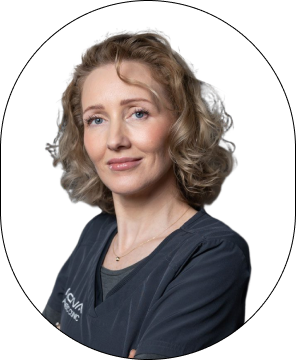
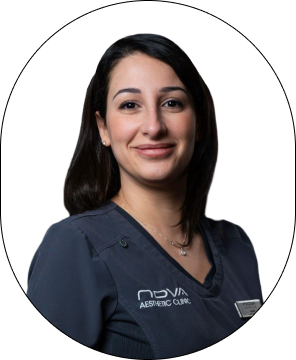
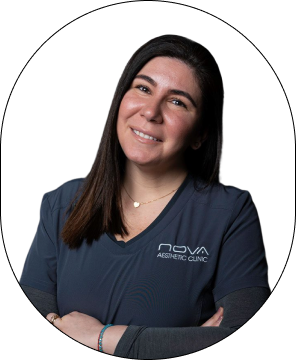
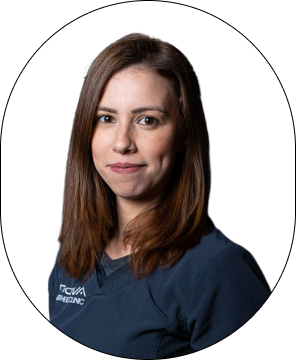
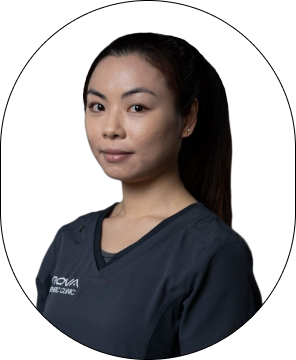

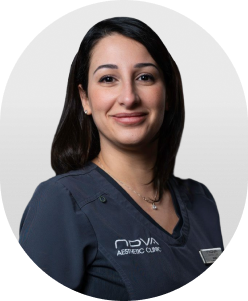
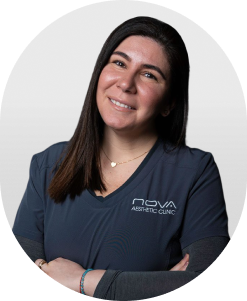
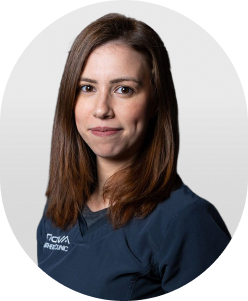
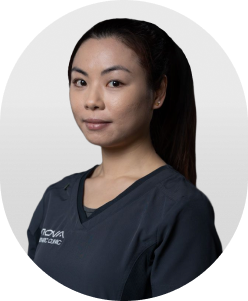
I’ve been going to this clinic for a few years now and I just love it! It is very fancy but affordable. The staff are lovely! The manager, Christina is an angel from heaven.
Rachel Christina

I had the pleasure of visiting Nova for a skin consultation to understand more about my skin. They thoroughly discussed various options/treatments to enhance the condition of my skin.
Maryann D

Great experience with Dr Simmonds! I travel all the way from Essex to Greenwich, because the staff at Nova clinic are highly skilled and professional.
Leonie Lombard

A fantastic clinic; the environment is inviting and the staff are friendly, polite and knowledgable.
Julia

Thank you again for your high quality expertise & gentleness. Always a pleasure to come to Nova.
Tomris


I’ve been going to this clinic for a few years now and I just love it! It is very fancy but affordable. The staff are lovely! The manager, Christina is an angel from heaven.
Rachel Christina

I had the pleasure of visiting Nova for a skin consultation to understand more about my skin. They thoroughly discussed various options/treatments to enhance the condition of my skin.
Maryann D

Great experience with Dr Simmonds! I travel all the way from Essex to Greenwich, because the staff at Nova clinic are highly skilled and professional.
Leonie Lombard

A fantastic clinic; the environment is inviting and the staff are friendly, polite and knowledgable.
Julia

Thank you again for your high quality expertise & gentleness. Always a pleasure to come to Nova.
Tomris


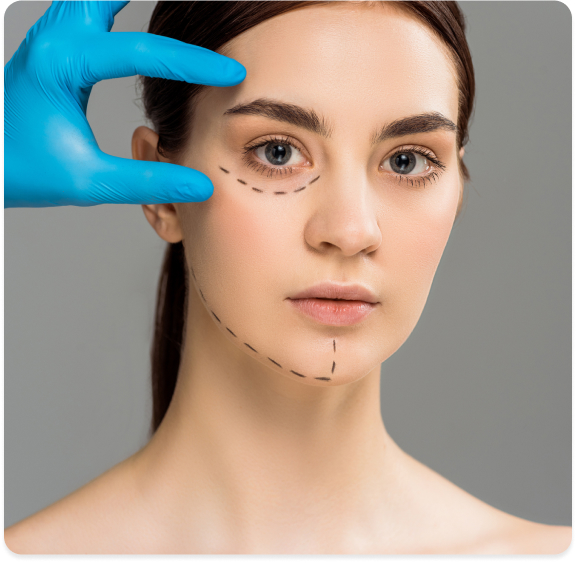
Let us know if you have any questions.
Nova Aesthetic @ 2024. Powered By Fast Digital
2024 – Powered by Fast Digital